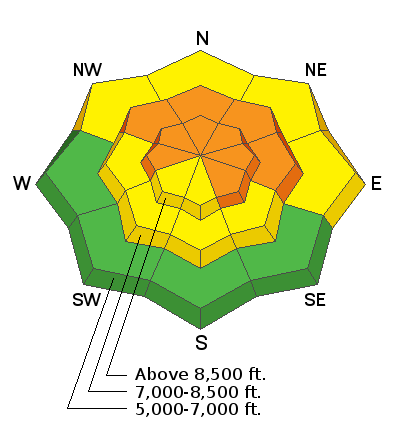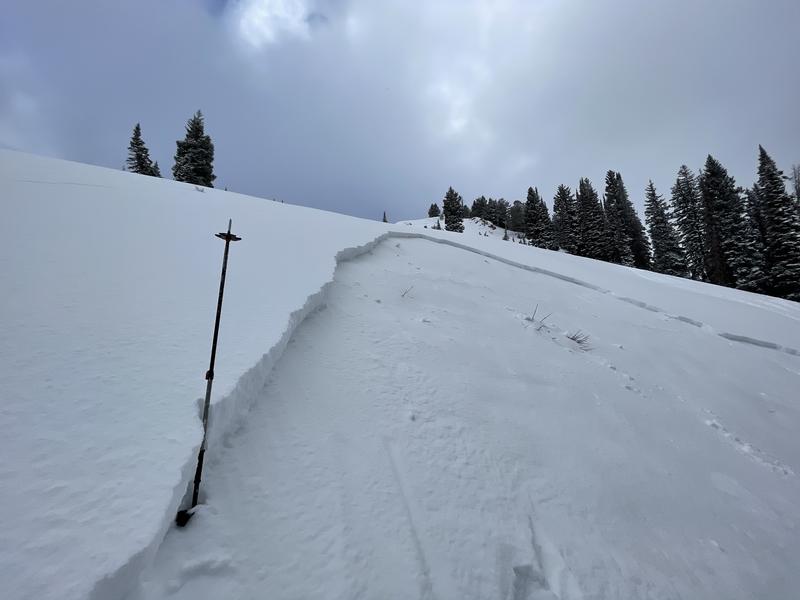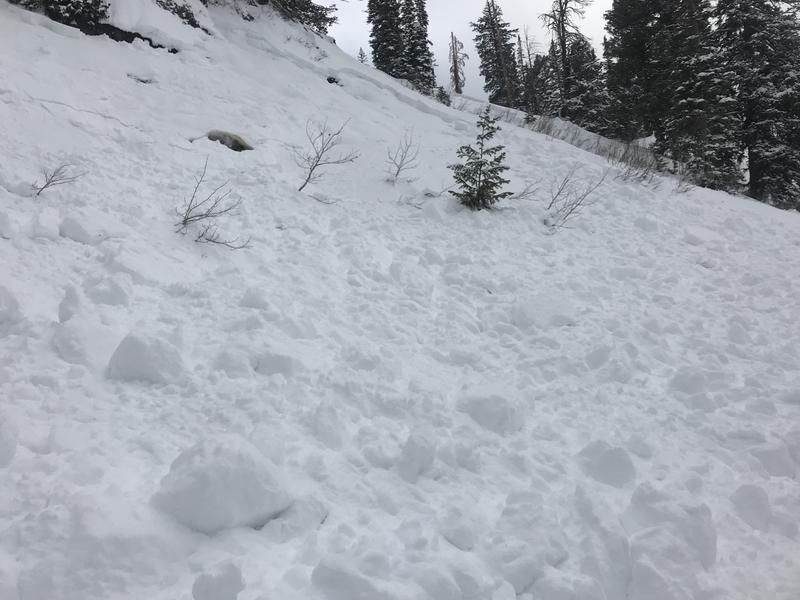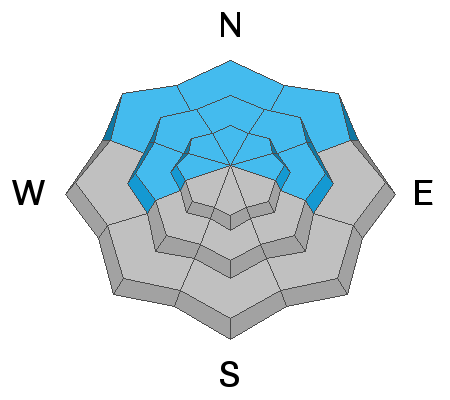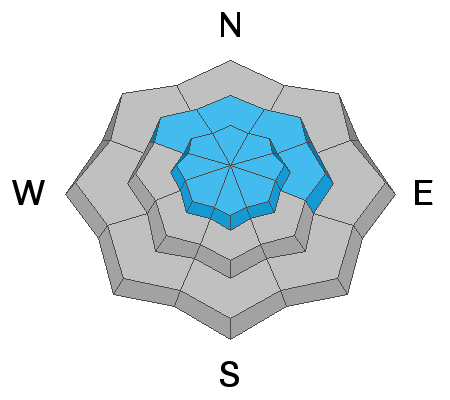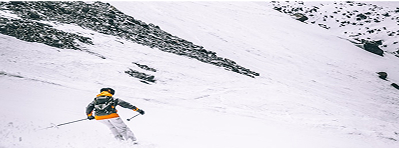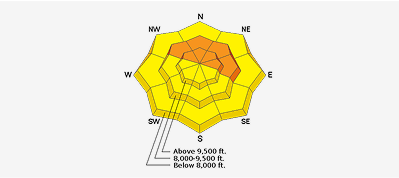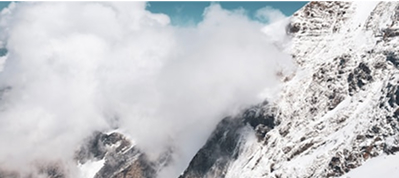Beaver Mountain is closed to uphill travel so the crew can set up for opening day on Tuesday.
Thanks to the generous support of our local resorts, Ski Utah, and Backcountry, discount lift tickets are now available. Support the UAC while you ski at the resorts this season.
Tickets are available here.
Heavy snow accumulated and was drifted onto steep mountain slopes with Thursday's storm, overloading widespread sugary preexisting weak snow from November. Many natural and remote triggered avalanches where observed Friday in the Logan Zone.
Before the storm most slopes had little more than about 2' of total snow, and a steep temperature gradient turned the shallow snow into loose sugary or faceted grains. In many places, the weak snow is easy to punch through to the rocks below. There were many natural and human triggered avalanches in the Bear River Range, observed on Friday. The 1' deep soft slab avalanches were fairly forgiving and nobody got caught, but drifting yesterday and today deposited stiffer drifts into lee slope avalanche starting zones and around terain features like gullies, cliff bands, and sub ridges
Numerous natural and remote triggered avalanches where observed in the Bear River Range Friday. This one is on White Pine Knob. (ward)
Expect mostly cloudy conditions in the mountains today, with a chance of some snow showers and fairly strong west wind blowing along the ridges. Clouds will remain over the zone and it will be pretty cold, with temperatures rising to near 30°F and a chance for some more snow showers during the day. Blustery conditions will continue tonight, and snow showers could produce an inch or two of accumulation . A storm, mostly passing to our north will bring a few inches of snow to upper elevation slopes in the Bear River Range Tuesday and Tuesday night.Numerous natural avalanches occurred Thursday night in the Tony Grove Area, and several "user friendly" avalanches were remote triggered by different parties in the area Friday. Most of the avalanches were remote triggered from a distance before folks committed to steep slopes, and nobody got caught. The avalanches on north and east facing slopes from about 7500' up to 9000', were mostly about 1' deep, with some about 2' deep, and 20' to 400' wide. All failed on faceted snow and running on the mid-November thermal crust, leaving 1 to 2' of very sugary snow in bed surfaces...
Remote triggered avalanche from Friday above Tony Grove Lake...

